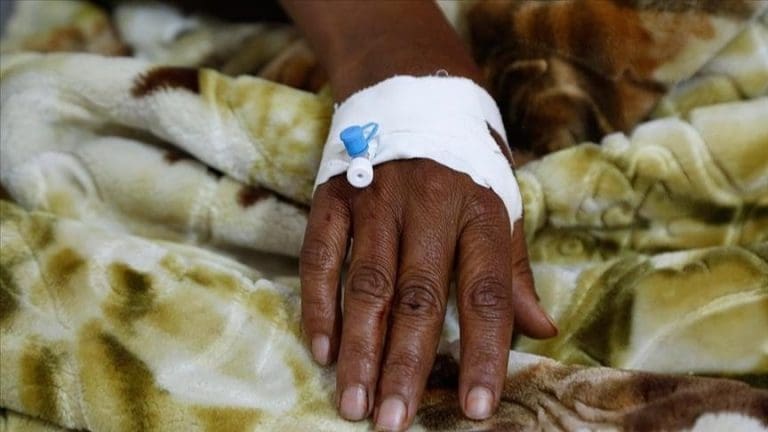More than one million people were vaccinated in the three hardest-hit Angolan provinces during a five-day campaign last week to curb the spread of cholera.
The initiative, which took place from February 3 to 7, aimed to complement ongoing public health measures to halt the spread of the infectious disease.
Health facilities and public places such as markets, churches and schools were used as vaccination posts, while mobile teams visited communities to ensure widespread reach.
The campaign, led by the Ministry of Health with support from the World Health Organisation (WHO), United Nations Children’s Fund (UNICEF) and World Bank, achieved a vaccination coverage rate of at least 99.5 percent of the targeted population.
“In this fight against cholera, we acknowledge the role of our development partners and thank them for their unwavering cooperation and support, including WHO and other partners and friends, who have been strong allies in the fight to control this disease,” Health Minister Silvia Lutucuta said.
Approximately 2,000 teams, including health professionals and community volunteers, were deployed under the supervision of around 500 coordinators.
In total, more than 6,400 staff were involved in the operation, ensuring wide coverage and the success of the campaign.
As vaccinations were administered, health workers provided information on preventive measures such as good hygiene practices and promoting access to safe drinking water, which are fundamental to preventing new cases.
Together with key partners such as UNICEF, the World Bank, the Red Cross and the private sector, WHO supported the Angolan government in procuring 978,000 vaccine doses through the International Coordinating Group for Vaccine Provision.
The campaign included training nearly 2,000 vaccinators to enhance their capacity to administer the vaccine safely and effectively, providing supportive supervision throughout the process.
Oral cholera vaccines are an additional tool for cholera control, complementing other measures such as the use of safe water, good hygiene, surveillance, and early treatment.
As of February 11, 3,047 cases and 180 deaths had been reported in eight provinces, with a case fatality rate (CFR) of 3.4 percent.
During cholera outbreaks, a CFR lower than one percent is commonly considered an acceptable threshold.
JN/APA


